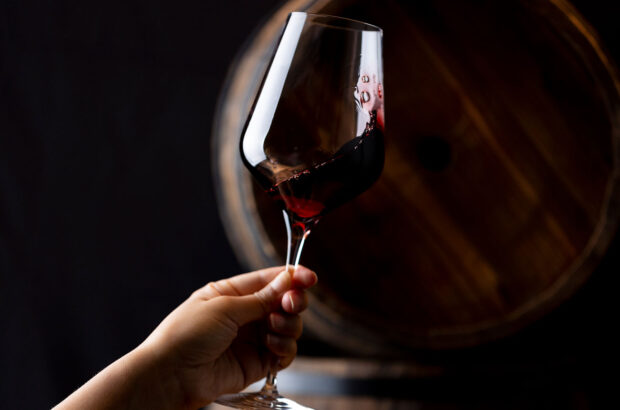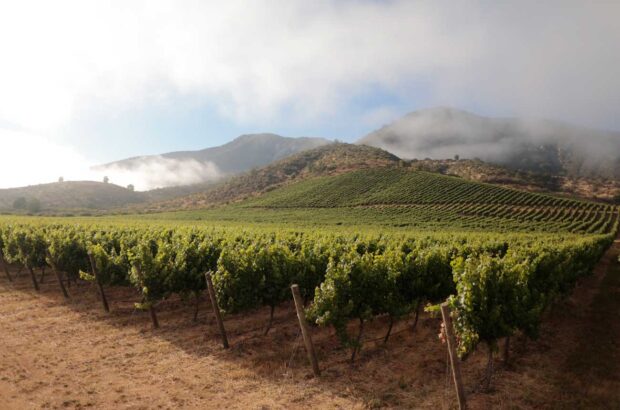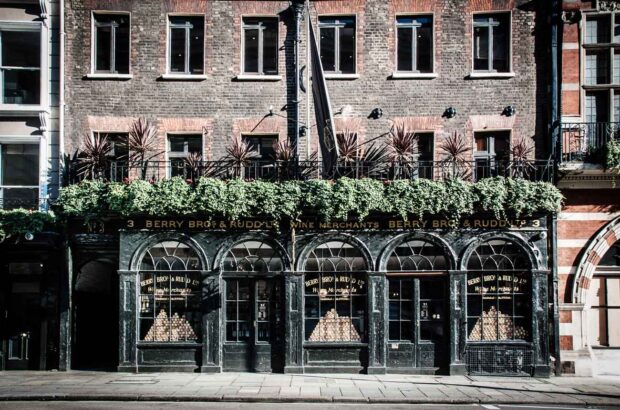Here are three things to keep in mind if you’re planning to store Champagne at home:
- Keep the bottles away from bright light.
- Try to store your Champagne in a cool place where the temperature is relatively constant (if you don’t have a dedicated wine fridge or temperature and humidity-controlled cellar).
- If you can, consider buying magnums for longer-term ageing potential.
Some experts say, surprisingly, that it’s best to store Champagne and sparkling wines standing up.
I agree that this is the best and most practical method for short-term storage, say, up to one month. However, keep the bottles away from bright or artificial light.
Long-term storage of vintage cuvées is quite another matter. These bottles should be stored on their sides in a wine rack or stacked the same way as in a cellar.
Fine maturing Champagne, like all great wine, runs the risk of the cork drying out if it is kept upright for long periods.
DWWA results out 19 June!
Be the first to know: Subscribe to the DWWA newsletter
Wild fluctuations of heat and cold kill all good wine, so avoid storing bottles in the kitchen and never in the garage or shed.
How to store Champagne: Bottle vs magnum
For laying down Champagne, forget about half-bottles. Their capacity to age is very erratic, and the wine ages too fast.
While standard bottles (75cl) age well and at a moderate rate if properly stored, magnums (1.5 litres) are the best format for long-term ageing.
That’s because the ratio of wine to surface area allows for a slower, more even maturation of the wine and finer enduring flow of bubbles.
In most cases, the magnum beats the bottle for added complexity, structure and nuances in the wine for 20 to 30 years.
This is an excerpt from an article that first appeared in Decanter magazine in 2015. Copy editing for Decanter.com in 2021 by Chris Mercer and by Clive Pursehouse in 2024.
Six of the best vintage Champagnes for your cellar from 2013 to 2019
Recently reviewed by our experts for Decanter Premium subscribers. Listed by oldest vintage first.







